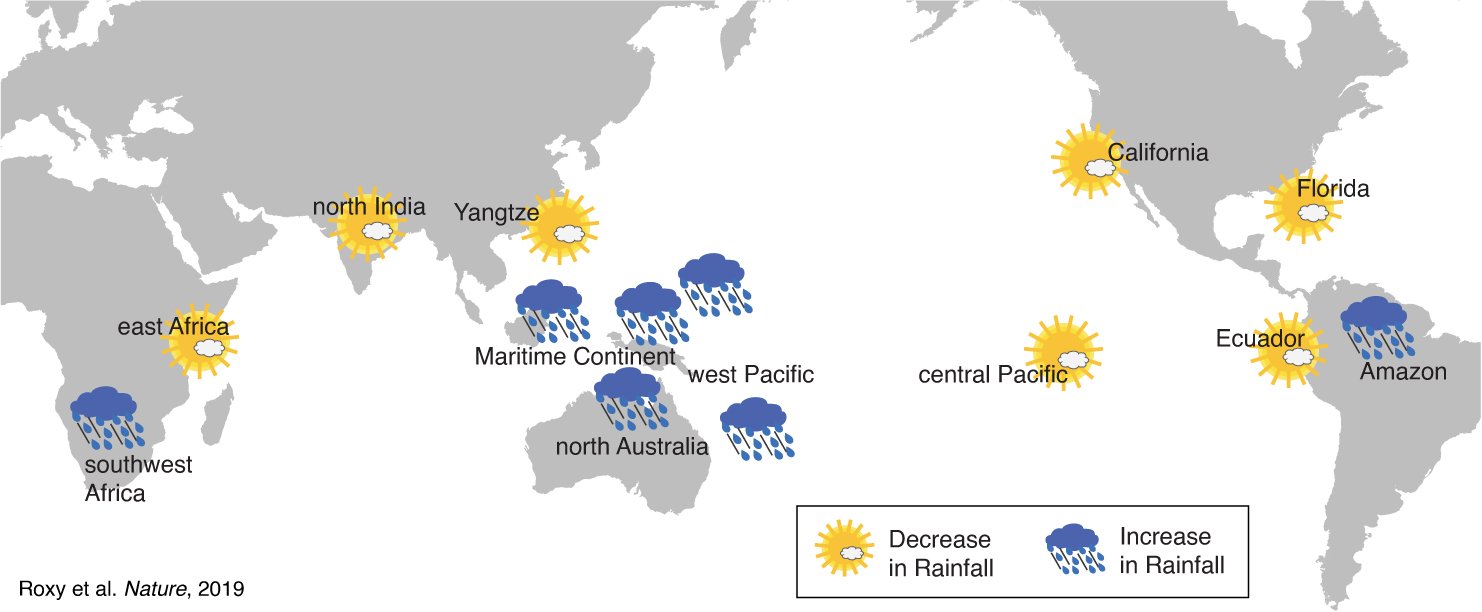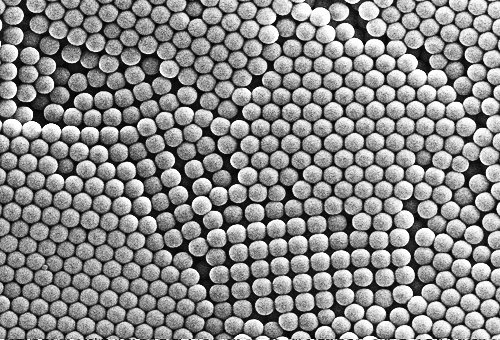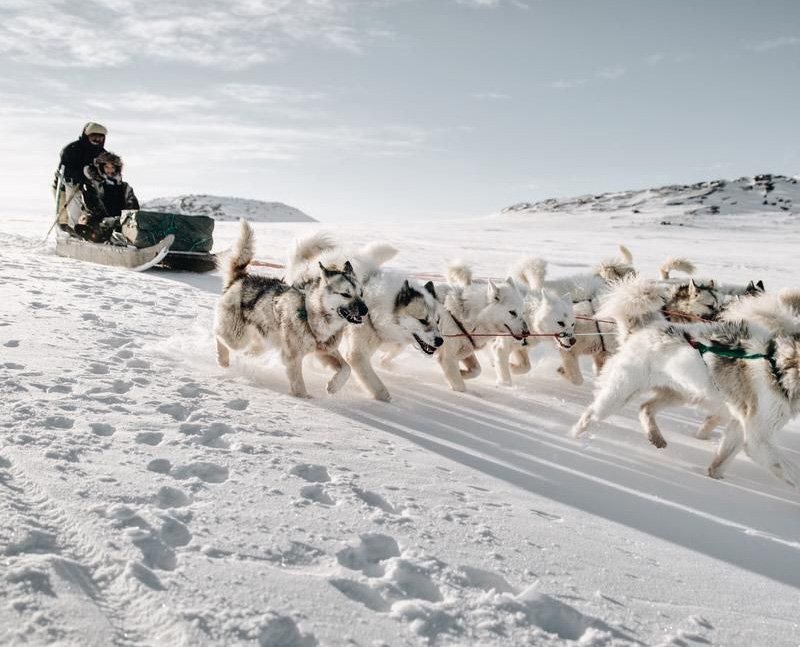Inbreeding and population/demographic shifts could have led to Neanderthal extinction
Small populations, inbreeding, and random demographic fluctuations could have been enough to cause Neanderthal extinction, according to a study published November 27, 2019 in the open-access journal PLOS ONE by Krist Vaesen from Eindhoven University of Technology, the Netherlands, and colleagues. Paleoanthropologists agree that Neanderthals disappeared around 40,000 years ago – about the same time that anatomically … Read more









